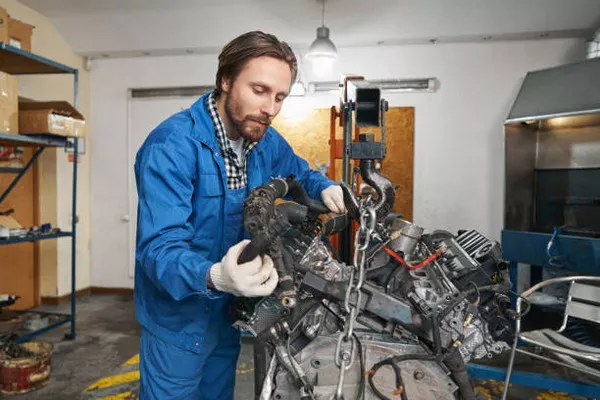Leading ‘below the hook’ equipment supplier, All Material Handling (AMH), has expressed concern over the prevalent use of incorrect hoist rings and eyebolts in non-traditional lifts, posing unnecessary safety risks. CEO Peter Brettner emphasized the crucial goals of lifting operations, emphasizing the need to move the load without damage and ensure the safety of personnel at the end of each shift.
Brettner highlighted a common issue of misuse, particularly with eye bolts, stating that traditional eyebolts are ideally suited for straight in-line lifts only. Any deviation from this results in a significant reduction in the working load limit, leading to potential hazards. The conventional practice of wrapping a round sling around the load, while an alternative, is deemed unsafe and can result in accidents.
In response to the challenges posed by non-traditional lifts, especially involving large motors or flat gears, AMH recommends the use of rotating hoist rings. These specialized rings are designed to lift from the focal point, ensuring that the load remains centered. Traditional eyebolts, on the other hand, are prone to side loading.
AMH is integrating the Cartec series of lifting points and rotating hoist rings into its product portfolio to provide riggers with the appropriate tools for non-standard loads. The Cartec 807 series of rotating eyebolts offer a 100% working load limit at any angle specified in the user’s manual. The load limit is visibly marked on the bolt itself, eliminating guesswork and ensuring safety compliance.
Peter Brettner emphasized the significance of using the right swivel hoist ring and rotating eyebolt, eliminating uncertainties about the reduced working load limit associated with standard eyebolts used in non-inline pulls. The load limit, being forged into the product, remains constant and easily verifiable. Brettner emphasized the importance of prioritizing safety over cost, noting that while a swivel eyebolt might have a slightly higher price, it pales in comparison to the potential human and financial costs incurred in the event of an incident causing injury or death.

